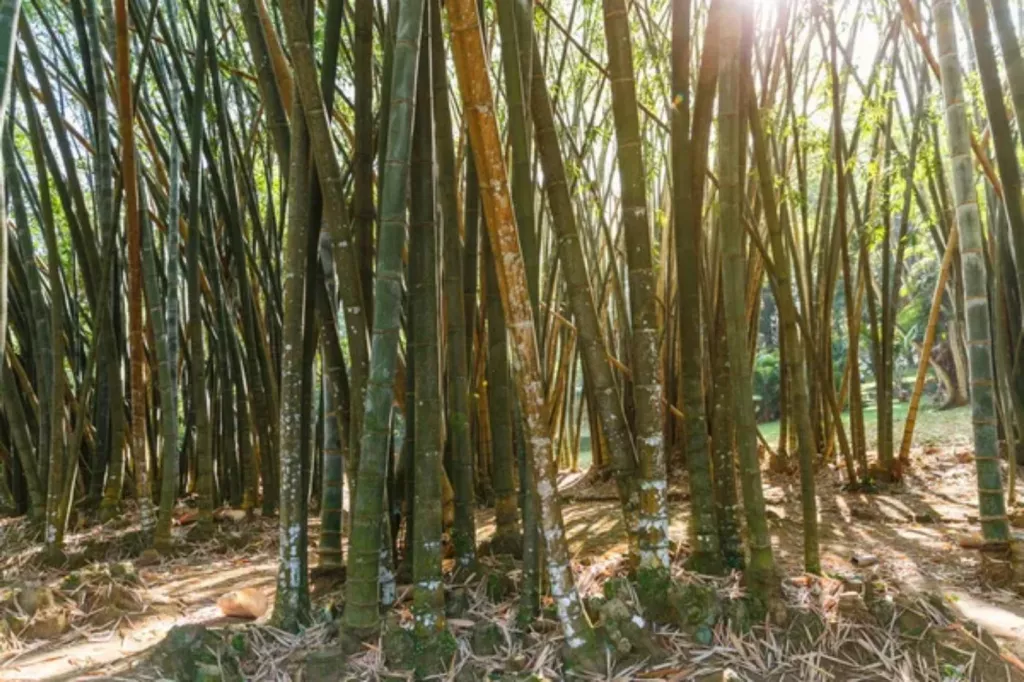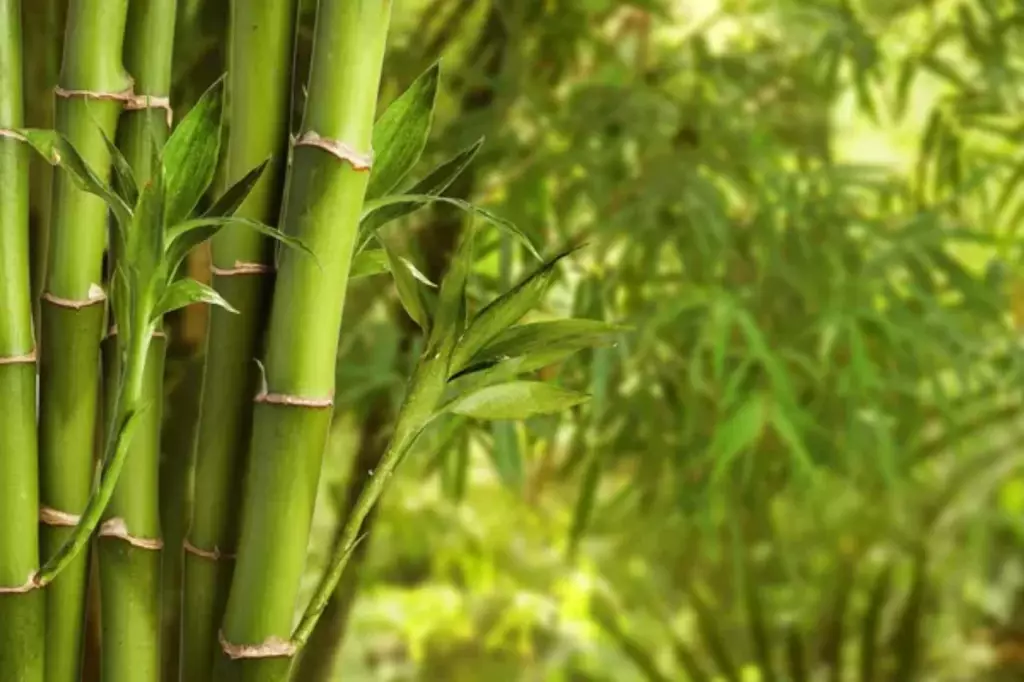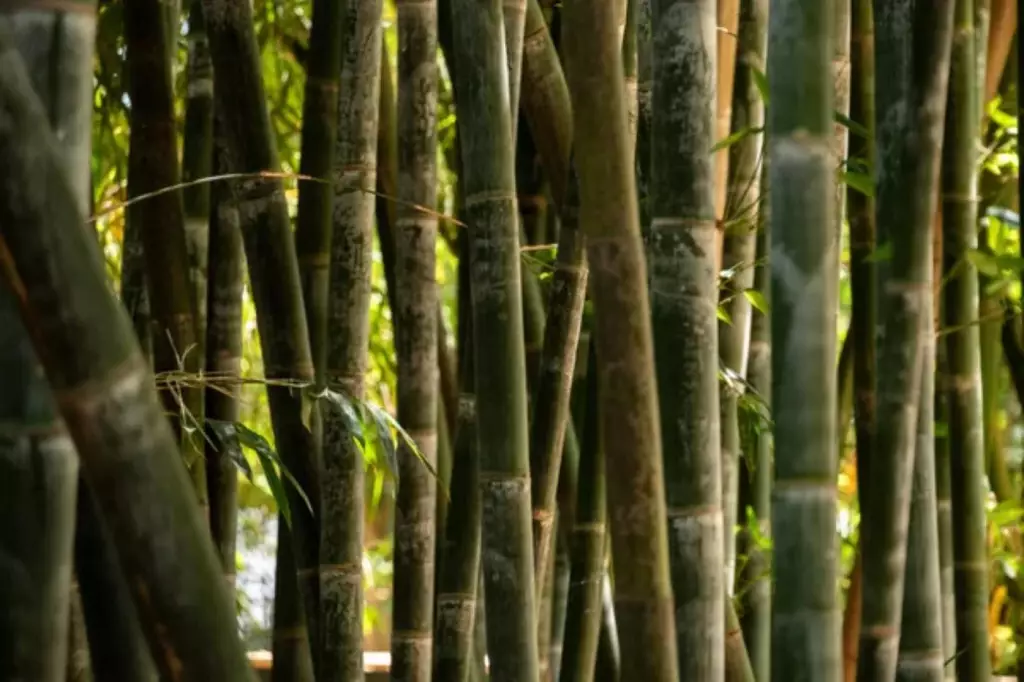Bamboo Farming in the US in 2024: How to Get Started
The United States has seen a remarkable 25% increase in bamboo farming operations, signaling a growing interest in sustainable and versatile crops. In this article, we will delve into the burgeoning industry of bamboo farming in the United States, focusing on the essential steps and considerations for individuals looking to enter this agricultural sector in 2024.
To start, one must first select a suitable bamboo species for the local climate and soil type. Next, secure land with adequate space and water access. You also need to acquire plants from reputable nurseries and understand local regulations on invasive species.
A business plan that includes market research on bamboo products, such as furniture, building materials, or textiles, is also key to a successful bamboo farm. Let's take a look at more essential tips to launch and grow your bamboo farm in the US.
Summary
- Before starting a bamboo farm, identify specific bamboo products in demand, such as furniture, textiles, and construction materials, to meet consumer preferences and fill market gaps.
- Bamboo farming can be profitable in the US, given the country's significant import of bamboo products, the fast growth rate of bamboo, and varied uses.
- Choose bamboo species that are suited to the US climate where you're planting, considering the differences between running and clumping bamboo, and research species that are compatible with your region's climate for successful cultivation.
- Selecting a piece of land with the right climate and soil conditions is crucial, as bamboo thrives in warm temperatures and slightly acidic, well-draining soil.

On this page:
Determine Your Bamboo Products
Before venturing into bamboo farming, you need to pinpoint the specific bamboo products that will cater to your target market's needs.
Research and innovation
Initiate by listing potential bamboo products that are in demand
Think about items like bamboo furniture, bamboo textiles, construction materials, and culinary bamboo shoots. Your choice should align with both the preferences in the consumer landscape and the existing gaps in the bamboo market.
To know the worth of an acre of each of these bamboo products, check out this article.
Conduct market research
Conduct market research to gauge what consumers are currently buying and the trends that are predicted to rise in popularity.

Evaluate products such as bamboo toothbrushes, eco-friendly cutlery, and sustainable building materials to identify what will drive sales on your farm.
Define your target market
Determine your target market by considering demographics such as age, lifestyle, and values. For instance, eco-conscious millennials might gravitate towards sustainable bamboo products like clothing and reusable kitchenware.
Assess if bamboo farming is profitable in the USA
Bamboo farming can be a profitable business in the United States. The country is a major importer of bamboo products. With the fast growth rate of bamboo and its various uses, there is a strong market for domestically grown bamboo.
The demand for bamboo is substantial due to its use in various eco-friendly products. Initial setup costs for bamboo cultivation need to be weighed against the potential returns. These returns are influenced by the market demand and product type.
By focusing on the right species of bamboo and applying sustainable farming methods, you can capitalize on the growing agricultural practice and its potential profitability.
Choose the Right Species and Climate
Bamboo species in the US
When planning your bamboo farm, you'll need to choose species tailored to the US climate where you're planting. The two main types of bamboo are running and clumping.
Running bamboo spreads quickly and may require containment strategies, while clumping bamboo is more manageable and suitable for smaller spaces.
Researching species compatible with US climates, such as the cold-hardy Phyllostachys or the more heat-tolerant Bambusa, is essential.
For more detailed guidance on species selection, visit this article for a list of the most profitable bamboo species.
Can bamboo grow in the United States?
Bamboo can grow in the United States, and it's quite adaptable to various climates within the country.
In the Southern region of the US, which includes states like Florida, Georgia, and Alabama, the warm climate is particularly suitable for growing bamboo.
This region's subtropical climate provides ample rainfall throughout most of the year, favoring bamboo’s growth.
Here's a quick overview of where bamboo thrives in the US:
- Warm regions: States like Florida and Louisiana offer ideal growing conditions.
- Temperate climates: Even outside of the South, bamboo can grow in moderate climates, with species adapted to these conditions.
There are over 1,400 species of bamboo, and not all species have the same climate requirements. Some varieties of bamboo are more cold-hardy and can tolerate cooler temperatures.

This means you could find bamboo species suited to more northern parts of the US as well. Check out this article to find out where in the US can you grow bamboo.
Land Selection and Preparation
When choosing the right piece of land for your bamboo farm, you'll need to carefully consider the climate and soil conditions as these factors will greatly affect your bamboo crop's performance and yields.
Climate and soil essentials
When you're pinpointing the perfect location for your bamboo farm, try to look for an area with a climate that supports bamboo growth.
Bamboo typically thrives in warm temperatures and doesn't fare well in environments prone to freezing conditions. Your selected area should ideally have moderate rainfall as well, as bamboo needs sufficient moisture, but not to the point of waterlogging.
Bamboo prefers slightly acidic soil, with a pH ranging from 5.5 to 6.5. It's also important that the soil is well-draining to prevent root rot, which is detrimental to bamboo plants.
Before planting, you may need to engage in some landscaping to ensure proper water run-off and ideal soil composition.
This might involve clearing the land, plowing, and adding soil amendments to optimize fertility and structure.
Keep in mind, that investing time and effort into land preparation is non-negotiable. It sets the groundwork for a prosperous bamboo plantation that can yield substantial returns in the following years.
Propagation and Planting
Below, we'll walk you through the effective cultivation strategies to ensure your bamboo thrives.
Cultivation strategies
When you're ready to propagate bamboo, you have the option to use cuttings. This involves cutting a mature bamboo stalk and allowing roots to appear before planting it in the soil. At least one nodal joint must be buried to encourage growth.
You want to keep the soil moisture consistent, and the pH level balanced, as extreme acidity or alkalinity can hamper the growth.
Planting bamboo is straightforward once you have prepared cuttings or sourced live rhizomes.
Plant each piece in a hole that's spacious enough for the rhizome or cutting to sit comfortably. Bamboo thrives in loose, fertile soil — if your soil is compact, consider loosening it before planting.
Ensure your bamboo plants are spaced properly to avoid overcrowding, which could lead to competition for nutrients and light.
Regular watering, particularly in the early stages, helps establish a strong root system.
As you nurture your bamboo, remember that proper cultivation requires patience and attention to detail, but as the industry grows, your efforts can pay off substantially.
Caring for Your Bamboo
Achieving success in bamboo farming hinges on adhering to specific care guidelines that ensure healthy growth and sustainable practices.
Best cultivation practices
When it comes to maintenance, you regularly monitor your bamboo for signs of stress or disease.
-
Irrigation needs to be just right, since bamboo thrives on a consistent moisture level; too much or too little water can be detrimental. Implement an efficient drip irrigation system to maintain this balance.
-
Pests can be challenging, but choosing bamboo species resistant to local pests and diseases reduces the risk significantly.
-
Bamboo typically requires little fertilization, but a light application of balanced, slow-release fertilizer during the growing season can promote healthier plants.

Sustainability in farming
Sustainable farming practices are vital for reducing your environmental impact while cultivating bamboo.
-
To contribute to soil health and structure, incorporate organic materials, and practice crop rotation if applicable.
-
Additionally, minimizing the use of chemical inputs not only benefits the environment but also supports the ecosystem surrounding your farm.
-
Incorporating rainwater harvesting systems could further enhance the sustainability of your bamboo farm by reducing the reliance on irrigation from non-renewable water sources.
Harvesting and Marketing
Let's explore how to tackle the challenges that come with harvesting your bamboo and strategies to effectively market your product.
Addressing harvesting challenges
Harvesting bamboo requires timing and technique. You need to harvest at the right maturity stage, typically 3-5 years after planting, to maximize * and ensure quality**.
Use sharp, clean cutting tools to prevent damage to the plants and promote new growth. You must also factor in the labor required and transportation logistics since the quick regrowth of bamboo can necessitate [frequent harvesting]https://bootstrapbee.com/bamboo/how-often-to-harvest-bamboo#optimal-harvesting-frequency-for-bamboo).
Creating a Business Plan
When planning your bamboo farming business, a well-crafted business plan will help manage your start-up costs and outline your strategies for generating revenue as a corporation or other business entity.
Eco-considerations
Bamboo is a sustainable choice for farming due to its rapid growth and minimal need for pesticides.
In your business plan, highlight how you'll sustainably manage resources to benefit both the environment and your bottom line. For example:
- Use organic farming methods to appeal to eco-conscious consumers.
- Implement water-conservation techniques to reduce utility costs.
Innovation strategy
Your business strategy should detail how you'll introduce innovations to stay competitive.
Focus on:
- Developing value-added products: such as bamboo furniture or sustainable packaging.
- Adopting advanced farming techniques: precision agriculture to optimize growth and yields.
Bear in mind these strategies will affect your start-up costs, yet they can significantly boost your potential revenue in the long run.
Register Your Business
When starting your bamboo farming venture, you need to establish your business as a legal entity. This helps ensure the protection of your assets and the legitimacy of your business operations.
Choose a business structure
The most common structure for small farms, including bamboo farms, is a Limited Liability Company (LLC).
An LLC offers flexibility and protects your assets by separating them from your business liabilities.
To form an LLC, follow these basic steps:
- Choose a unique name for your business.
- Appoint a registered agent.
- File the Articles of Organization with your state.
- Obtain an EIN (Employer Identification Number) from the IRS.
Permits and licenses
You'll need specific permits and licenses to operate your bamboo farm legally.

Requirements vary by state and locality, though generally, you should anticipate needing:
- A general business license
- Agricultural permits
- Water usage permits
Joining a Growers Association
Joining a growers association can provide you with invaluable resources as you start your bamboo farm. You will gain access to a network of experienced growers and stay abreast of the latest innovations in bamboo farming.
Community knowledge sharing
By joining an association like the Florida Bamboo Growers Association, you tap into a community eager to share practical insights and solutions to common challenges.
Members can offer you guidance on species selection, cultivation techniques, and pest management specific to your region.
This peer-to-peer exchange of information is vital as you navigate the intricacies of starting and maintaining a successful bamboo farm.
Staying informed on advances
As a member of a growers association, you will stay informed on the latest research and innovation within the global bamboo industry.
Associations often provide workshops, newsletters, and meetings where you can learn about advancements in sustainable farming practices and market trends.
This knowledge is crucial for ensuring your bamboo farm is competitive and can thrive amidst the rapidly evolving agricultural landscape.



